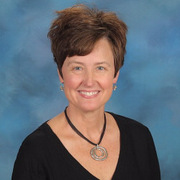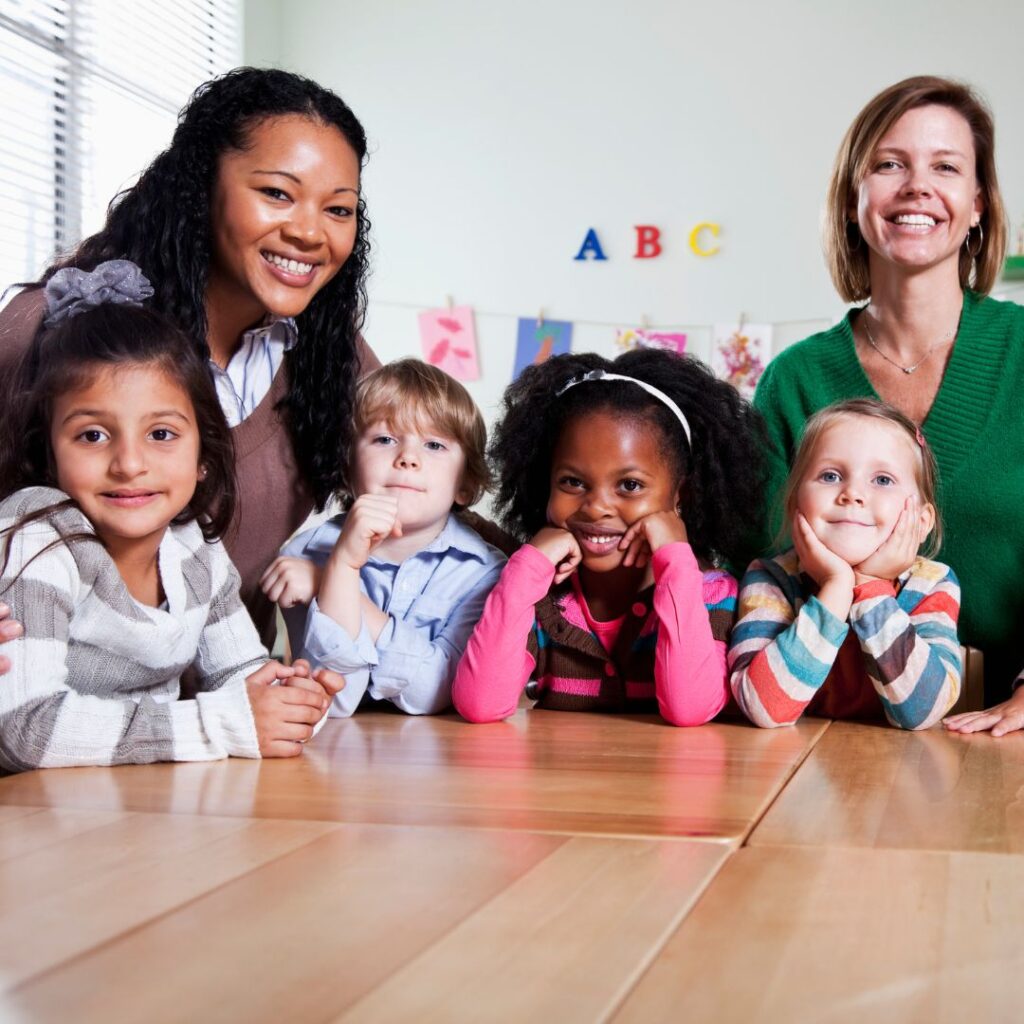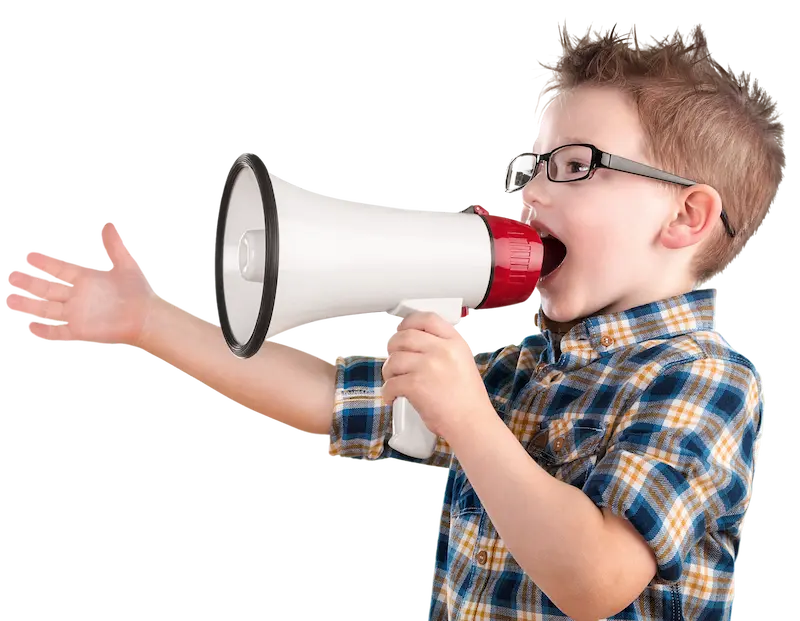About two minutes into a conversation with Lenoir City Schools teacher and Preschool Program Director Melody Hobbs, you start to realize how much she has invested in learning how preschoolers work.
“I love the four-year-old mind. I mean, it’s not three and it’s not five. Right?” Hobbs says with a laugh. “I mean, it’s just so … four. They’re naturally inquisitive, they’re curious and they want to learn more. It’s such an explosive time for child development. All those early years are, so I say that in the context of what is exploding when children are four, but they’re beginning to put ideas together in their play, in their writing. They are being able to think about things they’re reading about and living them out, and building relationships, problem solving. They have a wonder about the world around them.”
Hobbs has immersed herself in the four-year-old mind for almost a quarter of a century now. As part of a pioneering Lenoir City Schools program that began serving pre-K children in the early 1990s, she has seen first hand what works and what doesn’t. She knows that having the preschool program in the same building as the elementary helps kids transition into a school setting. She knows how it aligns the kids with the kindergarten program, even though it’s a different environment. And she knows that play can be a powerful gateway into learning.
“Of course, we all know that environmental print is everywhere around and kids are so susceptible to be able to quickly identify, ‘That’s McDonald’s and that’s Burger King and that’s a Wendy’s logo,’ right? I mean that’s all this kind of environmental print,” Hobbs says. “What we’re hoping to really establish with young children is that they have ideas that can be written down and that those ideas can be written down in a way that can be read by other people. Children need to practice scribbling or painting big strokes on an easel to get those muscles ready to write those letters or also to begin to make letter-like formations that are mock letters. That would be a next step. Then maybe scribble marks.
“I have one of these great artifacts that this child — and it’s like three scribble marks on a piece of paper, okay — he came to me and he was like, ‘Alright ma’am, I see you ordered a sausage and pepperoni pizza and you wanted it delivered to this house.’ In his play he was writing down an order and an address and then going back and reading it, right? So, all of those kinds of ideas. We know all of that needs to take place in order to establish a firm foundation for what we would consider conventional reading and writing.”
Through this play, he is building early literacy skills by representing letters, words and ideas in print. At this stage, it does not matter what the print looks like as much as the use of print in an appropriate activity. This is the first step to becoming a proficient writer.
Kindergarten teachers see the benefit. Whether it’s the social/emotional component or just kids being able to concentrate on what the teacher wants them to do, preschoolers are able to be more “settled in their surroundings,” Hobbs says.
When kindergarten teachers spend less time acclimating students to school, being in a group, and engaging in a classroom, they get to spend more time teaching valuable skills aligned to important learning standards.
“I think what we, as a whole preschool, really provide for kids is the curiosity and the wonder of learning, to be a learner and to wonder and to question and to think. We were hoping that preschool is providing kids with problem solving abilities, to think outside the box, to see from someone else’s lens. I mean, all of these are kind of soft-skill social-emotional skills that are so critical for 4-year-old children, but yet are really those learning dispositions that we hope children tend again to acquire.” We know that critical thinking and problem solving are essential skills not only for success in school but also in work and life. These carry children through on whatever path they choose.
And sometimes that means just expanding on the playground.
“Certainly environments do matter and teaching does matter, but back in the day we used to have this old saying called ‘follow the child’s lead.’ What that meant was, whatever the child was interested in I would follow it,” Hobbs says. “The kids came with their hands cupped, you know about 10 kids around that found this daddy-long-legs spider, ‘Look what we found!’ Well, we’re talking about environment. Okay, and we’re talking about how plants and trees and animals and insects and people and land forms all make up environment. ‘Look what we found in our environment,’ they were saying that. Oh this is lovely, now we’ve got some language that we’re using, right? A big word, environment. What is it? Why, it’s a spider! Yes, it is a spider. Let’s look at this spider. Let’s look at his body parts. Let’s look at how many legs he has, how many legs, what makes him a spider and how is a spider different then from other insects? So, that whole opportunity, in the moment, following children’s leads, that’s good teaching.”
Through this play, children are not only nurturing their inherent sense of curiosity – vital to all learning – they are mastering critical literacy and science standards. They are acquiring new vocabulary words and discovering the multiple phases of the biological life cycle. When children are able to develop these concepts through meaningful experiences they not only retain the knowledge longer, they are also able to apply it to multiple contexts and situations. That is how standards are mastered and extended!
When in doubt, follow the four-year-olds.
Thanks for showing us how, Melody!
Mike, Lisa and the TQEE team
You might also be interested in: Evidence Based Home Visiting





